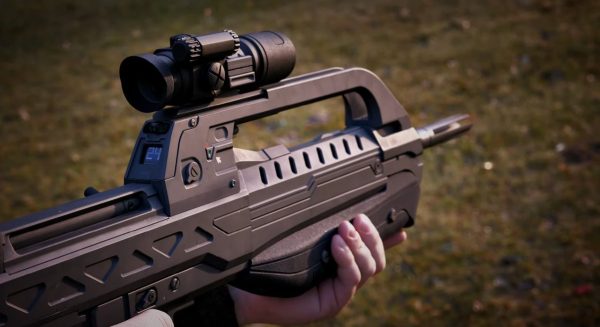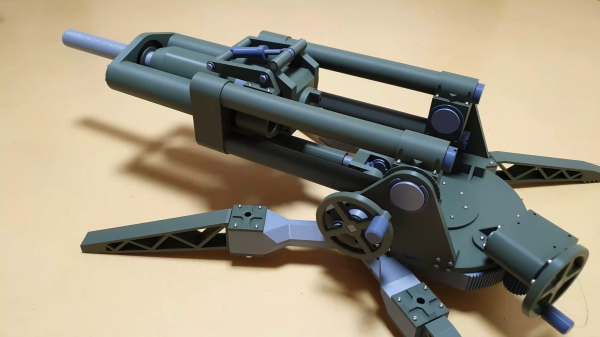In 1962, unlike today, most things didn’t have computers in them. After all, the typical computer of the day was a fragile room-sized box that required a gaggle of high priests to service it. But the Minuteman I nuclear missile was stuffed full of pre-GPS navigation equipment and a computer. In a few years, by 1970, the Minuteman III could deliver a warhead 13,000 km with an accuracy of 200 meters. Each one cost about a half million dollars, but that’s almost five million in today’s money. [Ken] takes on a very detailed tour of the computers and avionics that were nothing short of a miracle — and a highly classified miracle — in the 1960s.
The inertial navigation relied on a gyroscope, which in those days, were large and expensive. The Minuteman I required alignment with a precise angle relative to the North Star which naturally wasn’t visible from inside the silo. By the time Minuteman II arrived, they’d figured out an easier way to orient the missiles.
Continue reading “Learning How A Nuclear Missile Stays On Target”




















